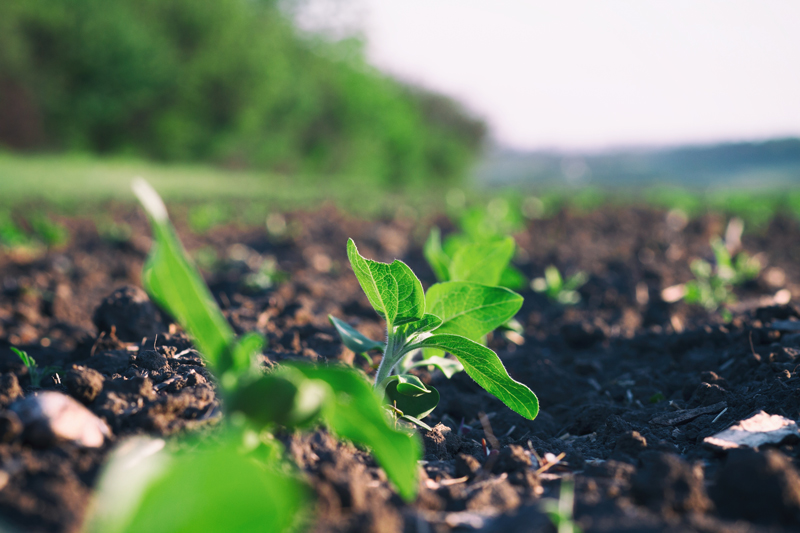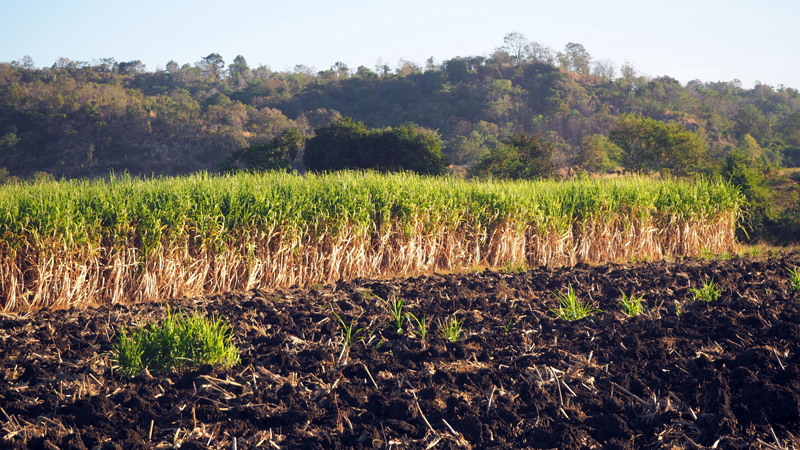Managing soil acidity
Causes of progressive soil acidification
Soil acidification is a natural process caused by normal weathering and aging. Farming and agricultural activities can accelerate this process significantly. The four factors that have the greatest tendency to increase soil acidity are:
- Use of ammonium/urea-based fertilisers
- Nitrogen and nitrate leaching
- Produce removal
- Build-up of organic matter


Do you have a problem with soil acidity?
There are several clues that will indicate your soils suffer from elevated soil acidity. Acid-sensitive crops will be the first to suffer, so be ready to act if you find that they are difficult to establish or suffer from patchy yields. If your neighbors are experiencing a problem with soil acidity, then you will likely be at risk.
Testing by an accredited agricultural laboratory facility will return the most accurate results. Your soil is too acid if it demonstrates:
- Less than 4.8pH in calcium chloride
- Less than 5.5pH in water
- Level of exchangeable aluminium greater than 5%
Testing is best accomplished as soon as possible following the autumn break. If testing is performed during winter or spring allow for a variance of –0.2pH to accommodate seasonal changes. Avoid testing during dry or wet extremes of soil moisture. Allow at least six months between application of any fertilisers and testing.
Estimating future acidity
Once you have an accurate testing program in place, it is possible to estimate rates of soil acidification, which will enable you to make allowances for your future liming needs. The primary factor at work will be the amount of rainfall for your area. Rainfall acts to help balance soil pH and promote the natural dispersal of nutrients, and has a significant effect on additional factors such as plant productivity, nitrogen leaching, and perennial vs. annual usage patterns.
In southern New South Wales, those areas that feature 500-700mm of annual rainfall are most susceptible to problems with soil acidity. Areas that feature annual rainfall above 900mm are much more likely to have a balanced, stable soil chemistry.
Spring liming for optimum results
More and more farmers are opting for spring liming because improved prices for meat, wool and crops have prompted many growers to dedicate more attention to their pastures.
The overwhelming majority of leading agronomists recommend the application of agricultural lime fertiliser as the most cost effective, eco-friendly and environmentally sustainable means of restoring balance to the acidity levels of your soils. Restoring the proper pH balance will lead to more healthy crops, and a more healthy return on your precious investment.
And that’s where Aglime Fertilisers come in. Aglime Fertilisers specialise in providing you with the knowledge and tools to address your specific soil needs.
Call to arrange competitive, reliable delivery
Our rapid loading overhead silo and 26 metre weighbridge makes loading fast and accurate.

